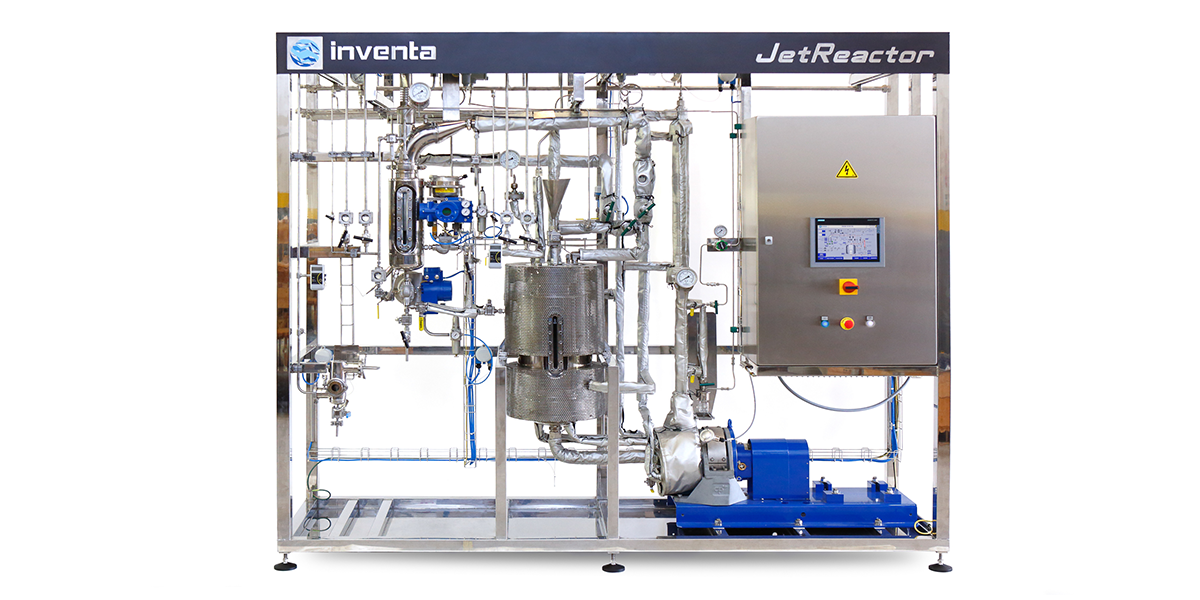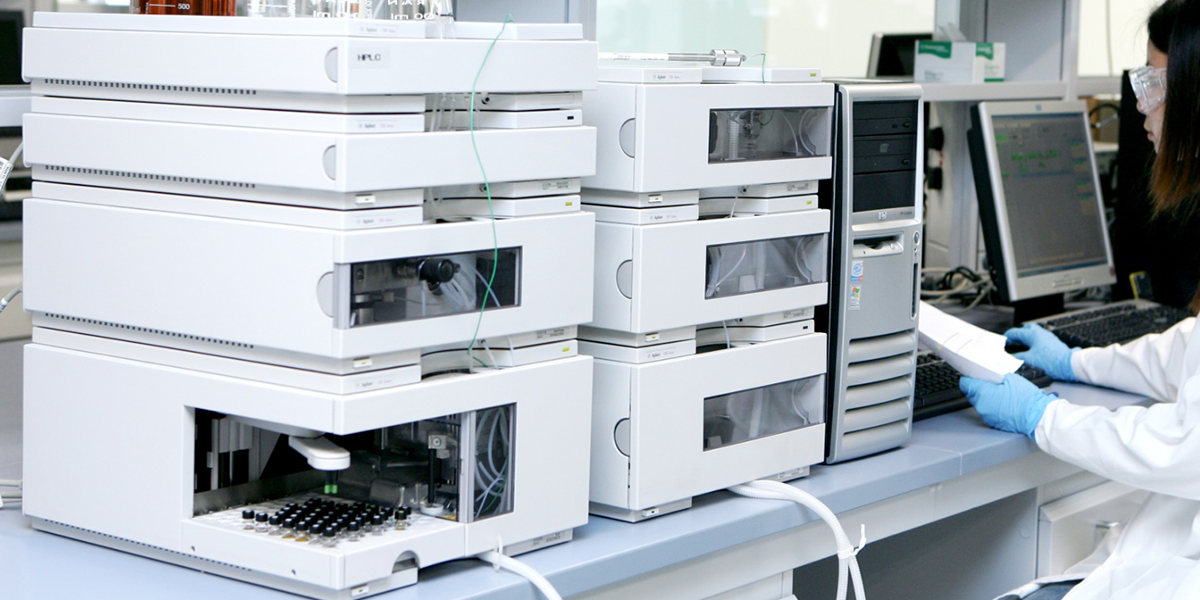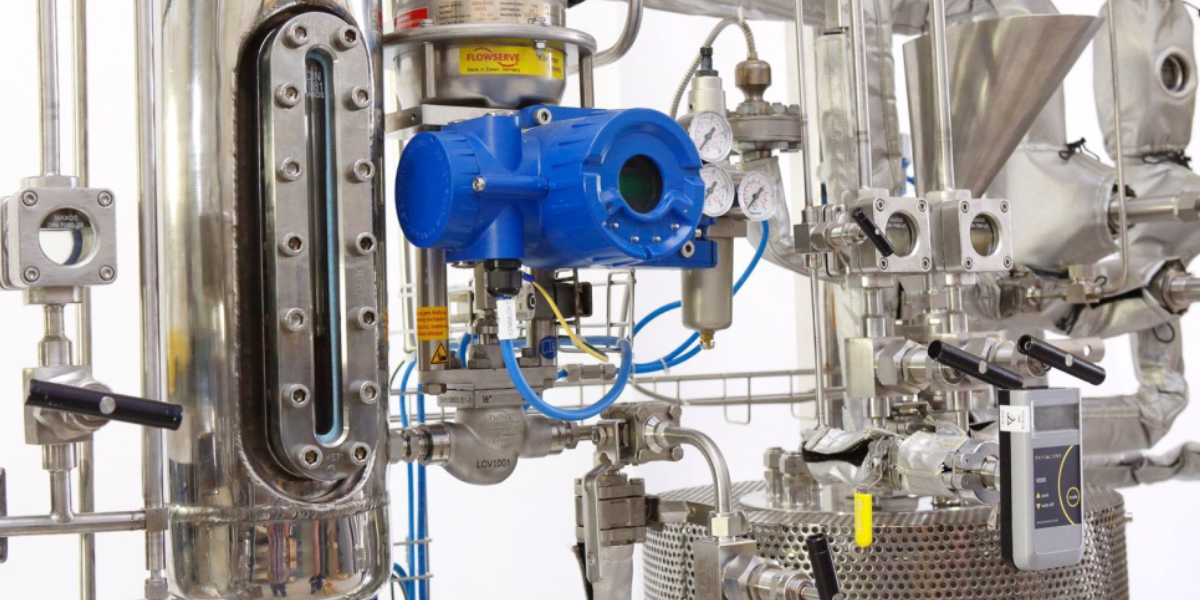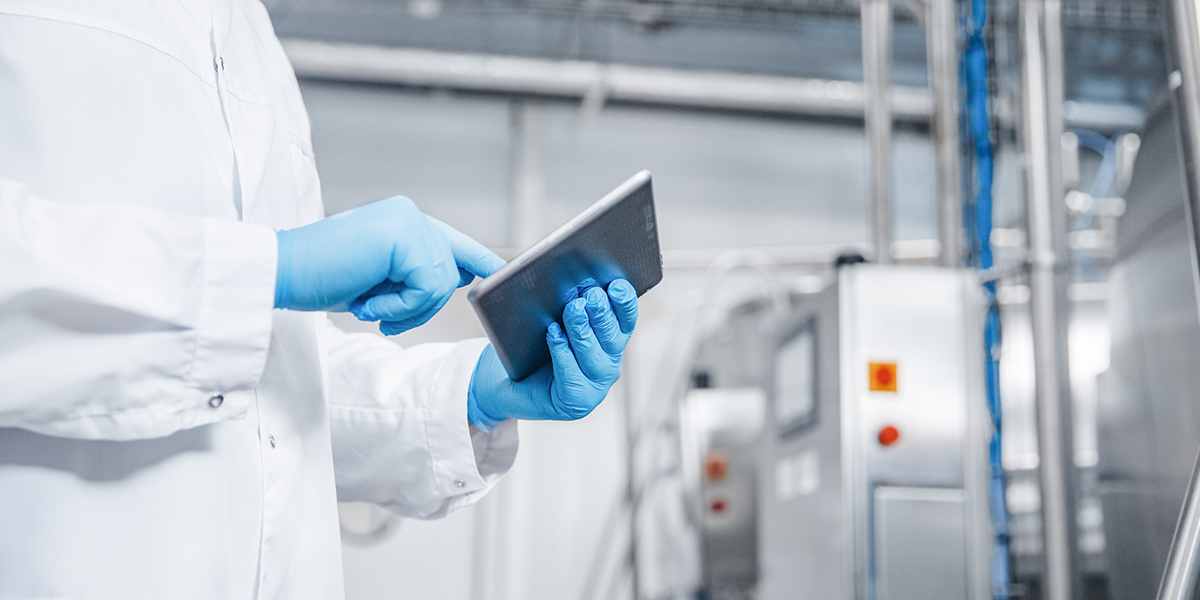What is Ceramic Coating?
It is a polymer coating, which acts as a second skin to the clear coat to protect it from dust, UV rays, bird droppings, water spots, and scratches. In contrast to waxes or silicones, the car coating can chemically bond to the top coat of paint, offering outperforming durability. This is why ceramic coating for cars come with a lifetime warranty and no aftercare plan – it is the most permanent system based on micro- and nanotechnology in the modern era.
And here is the first surprise: There are two durable technologies available – organic and inorganic!
Phew! So, we have to dissect both to learn more about the impact on the car paint.
Where can I find the best ceramic coatings?
The next surprise: the organic and inorganic raw materials used to formulate the polymers are made in Germany or Japan. You shouldn’t assume that a supplier outside of these countries is a scam or fraud, but in terms of the price-performance ratio, you will need to think about shipping and importing costs. However, to be fair, the real quality of such paint coatings is a result of formulation with the right solvents and additives, which makes the country of origin less important.
By the way – I’ve noticed a recent flood of finishes marketed as ceramic paint coatings, which are based on waxes or silicones. This means old stuff with a new label and could be considered fraud, since car detailers normally do not have all the knowledge included in this article and primarily learn about durability and protection options via videos on the web.
For comparison: silicones and waxes do not offer any of the described characteristics except water repellency, which can be determined visually. This quality is usually discussed on YouTube in “beading/shedding” videos from auto industry influencers.
What are its limitations?
The coating product is not self-cleaning. What makes ceramic coating state-of-the-art is its easy-clean effect, with noticeable beading and shedding, but there is no superhydrophobic property or self-cleaning effect in rain.
It will not help you avoid washing a car and will not protect you in a car accident. We are talking about a coating thickness between 1-2 micron (inorganic) and 2-30 micron. If this coating was actually effective at preventing damage in car accidents, the next generation of cars would only weigh as much as a bicycle.
What is the difference between Nano Coating, Ceramic Coating, and Diamond Coating?
Ceramic and Diamond Coating are branded synonyms. I hope that the Diamond brand name refers to the shiny effect and brilliance and not to the hardness because it is a far cry from the 9H pencil hardness of a ceramic coat (up to 10 on the Mohs scale of a Diamond).
Nano coatings for car lacquer, which were mainly sold from 2000-2008, protect the car lacquer for a shorter duration because they need a lot of OH groups to bond. This makes them highly effective as a glass coating for windshields but not as paint protection.
Can it be applied as a do-it-yourself product?
If you search the web, most articles say no. This is for a few reasons:
– The formulated nanoceramic is badly formulated and leaves hologram or rainbow effects if applied without adequate training.
– The brand wants to assure quality or to earn money based on its certification (most of the times both).
– The paint protection shall be exclusive for marketing reasons.
We can say that those products can be applied DIY with a short, maybe 5-minute, training. The bulk of the work is surface preparation.
How do I apply a Ceramic Coating on my car and how long does it take?
- Step 1: General cleaning with car shampoo or soaps.
- Step 2: Paint correction and clay bar (optional).
- Step 3: Degreasing—removal of all residues on the car’s surface.
- Step 4: Application of the ceramic coating on car – apply some drops on a less absorbent microfiber towel and distribute the liquid without pressure. In most cases, rainbow effects appear, and you can wait 2-5 mins for evaporation. During this step, the coating is absorbing the air humidity to bond to the car paint. Afterward, continue by gently wiping until the surface is completely free of coating residues.
The reaction with air humidity means that you have to control it at the time of application. 30-80% humidity levels are necessary to achieve a proper result and bonding. You should also avoid temperatures below 10 or higher than 30 degrees Celsius. You can expect surface preparation to last 3-12 hours and coating to take 2-3 hours for one average-sized car.
What are the costs of a Ceramic Car Coating?
The coating liquids arrive at the applicators (car detailers) for $50-$100 in a 50 ml coating kit, which they will need for the whole car. However, most of the costs are caused by surface preparation, paint correction, and proper application. A cost of $500-$2000 is normal, although I would think twice about paying for kits on the higher end.
Are there new inventions or innovations in development?
Yes, you are right – the future of car detailing will involve keeping your car clean with one step – you will only have to refresh this superhydrophobic finish with a simple spray. The film improves the repellency from the Petal effect to the Cassi Baxter state. Interested? Soon, I will release a new article all about superhydrophobic coatings, so stay tuned.
This new generation of ultra-hydrophobic sealants are solving a big problem, which the product Neverwet failed at addressing in the past. That product left white residue on most car surfaces. This new superhydrophobic finish far surpasses those results.
What are the further applications of ceramic technology?
The applications are wide:
- Areospace
- Home surfaces
- Equipment and machinery





